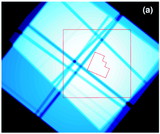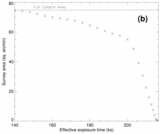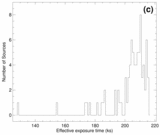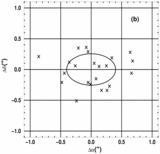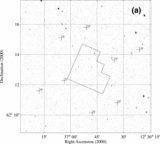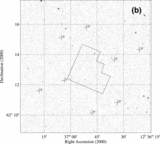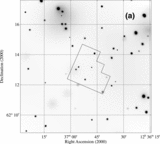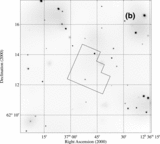Image Details
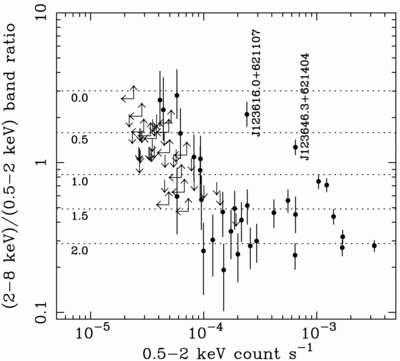
Caption: Fig. 5.
Band ratio as a function of soft‐band (0.5–2 keV) count rate for the Chandra sources in the Caltech area. Dotted lines are labeled with the photon indices that correspond to a given band ratio. Sources only detected in one of the two bands are shown as limits (see Table 4). Note the general hardening of sources with low soft‐band count rates (compare with Fig. 2 of G00). We have marked two sources that are unusually hard for their soft‐band count rates: CXOHDFN J123616.0+621107 and CXOHDFN J123646.3+621404. The first is also remarkable for its large fX/fR ratio; its optical counterpart has ﹩R=25.9﹩. The second is the ﹩z=0.960﹩ AGN in the HDF‐N itself (see Paper I).
Copyright and Terms & Conditions
© 2001. The American Astronomical Society. All rights reserved. Printed in U.S.A.


